The Future is Warm: A Comprehensive Guide to Smart Electric Heaters

Traditional heaters have been a mainstay in homes for decades, providing warmth and comfort during the colder months. Initially, these heaters were basic appliances with limited features. Over time, however, heaters have evolved into more sophisticated and energy-efficient devices. One of the most notable advancements in this space is the introduction of smart electric heaters, which have been gaining popularity due to their intelligent features and eco-friendly operation.
What is a Smart Heater?
Basic Definition
A smart heater differentiates itself from traditional heaters through its connectivity and automation features. While a traditional heater generally has manual controls and settings, a smart heater allows for more nuanced and automated control through wireless connections like Wi-Fi or Bluetooth. In essence, a smart heater is a heating device that can be programmed and controlled remotely, either through a mobile app or a home automation system.
Core Features
Thermostat Integration
One of the standout features of a smart heater is its ability to integrate with smart thermostats. This means you can set temperature schedules, adjust settings based on occupancy, and even control multiple heating zones within your home.
Energy-Saving Modes
Smart heaters often come with energy-saving modes that automatically adjust heating based on real-time needs. For example, they may lower the temperature when no one is in the room or during the night when less heat is generally needed.
Remote Control Through Apps
With the help of mobile apps, you can control your smart heater from anywhere with an internet connection. This gives you the flexibility to adjust settings on the fly, ensuring that your home is warm when you arrive or conserving energy when you're away.
Benefits of Using a Smart Heater
Energy Efficiency
Because of their intelligent features, such as thermostat integration and energy-saving modes, smart heaters are generally more energy-efficient compared to traditional models. This can result in significant savings on your energy bills over time.
Convenience
The ability to control your heater remotely offers unprecedented convenience. You can easily make adjustments without having to be physically present, making it easier to manage the climate in your home.
Safety Features
Many smart heaters come with advanced safety features, such as automatic shut-off in case of overheating, and the ability to monitor the device through your smartphone, offering you an extra layer of security.
Customization
Smart heaters offer a high level of customization. Whether it's setting schedules, creating heating zones, or even integrating the device into a broader smart home ecosystem, the possibilities are extensive.
By embracing the advantages offered by smart electric heaters, you can enjoy a cosy, warm home that also aligns with modern demands for energy efficiency and convenience.
Benefits of Using a Smart Heater

Energy Efficiency
One of the most compelling reasons to switch to a smart heater is energy efficiency. These heaters are designed to optimize energy consumption in various ways. For example, many smart heaters come with built-in sensors that can detect the ambient temperature of the room and adjust the heating accordingly. Additionally, some models can detect occupancy and automatically lower the temperature when the room is empty, thus avoiding unnecessary energy use. Features like these not only make a smart heater eco-friendly but also highly efficient in maintaining a comfortable indoor environment.
Cost Savings
The upfront cost of a smart heater might be higher than a traditional one, but the long-term benefits can be significant. By optimizing energy consumption, a smart heater can reduce electricity bills substantially over time. Some smart heaters even provide usage statistics and insights through their mobile apps, allowing you to monitor your energy consumption patterns and make adjustments that can result in further cost savings.
Enhanced Safety Features
Safety is a critical aspect of any heating appliance, and smart heaters are no exception. Many models come equipped with advanced safety features such as automatic shut-off mechanisms that are triggered if the device overheats or is tipped over. This can give you peace of mind, especially in households with pets or children. Additionally, some smart heaters offer real-time monitoring via smartphone apps, enabling you to check the status of the heater remotely and take appropriate actions if necessary.
Convenience and Comfort
The convenience factor is where smart heaters truly shine. Many models allow you to personalize heating schedules, meaning you can program the heater to warm up the room before you wake up in the morning or cool it down before bedtime. Some advanced models even support geofencing—automatically turning on or off when you enter or leave a certain area—and voice control integration with systems like Alexa or Google Assistant. These features make it incredibly easy to manage the comfort level in your home, even when you're not there.
Things to Consider Before Buying
Room Size and Capacity
Before purchasing a smart heater, it's important to consider the size of the room where it will be placed. A heater that's too small won't be effective in a large room, while one that's too powerful could consume more energy than necessary. Look for models that offer variable heat settings and consider your room dimensions to find a heater that’s just right for your needs.
Compatibility with Smart Home Systems
If you already have a smart home ecosystem in place—whether it's Alexa, Google Assistant, Apple's HomeKit, or another system—ensure that the smart heater you choose is compatible. This will allow for seamless integration and the ability to control the heater along with your other smart home devices.
Portability and Design
Design aesthetics and portability are often overlooked but are important factors. A heater with a modern design can complement your home décor, while portability features like wheels or handles can make it easier to move the heater from one room to another, offering you more flexibility in how you use it.
Price vs. Features
Smart heaters come in various price ranges, each offering a different set of features. While it might be tempting to go for a model with all the bells and whistles, it’s essential to consider what features you'll actually use. Weigh the cost against the features that are most important to you to find a balance that offers value for your investment.
Safety Precautions
Before you start the installation process, it's crucial to read the manufacturer's guidelines carefully. Safety should be your first priority. Ensure that the heater is placed away from flammable materials and that the electrical outlet you plan to use can handle the device's power requirements. Some smart heaters come with wall-mounting options; if you opt for this, make sure it's securely attached to prevent any accidents.
Optimal Placement
The effectiveness of a heater depends significantly on its placement. Position your smart heater in a way that allows for even heat distribution throughout the room. Avoid placing the heater near windows or doors where heat could escape, and try not to obstruct the heater with furniture or other large objects.
Integration with Smart Home Systems
A Step-by-Step Guide for Popular Systems
Amazon Alexa
- Open the Alexa app on your smartphone.
- Navigate to the "Devices" tab and click on the "+" sign to add a new device.
- Choose "Heater" from the list of device types.
- Follow the on-screen instructions to complete the setup, which usually involves connecting to your Wi-Fi network and linking the heater to the app.
Google Assistant
- Open the Google Home app.
- Tap on the "+" icon to add a new device.
- Choose "Set up device" and then select "Works with Google."
- Search for your smart heater's brand and follow the setup instructions.
Apple HomeKit
- Open the Home app on your iOS device.
- Tap the "+" icon to add a new accessory.
- Scan the HomeKit code on your smart heater or its manual.
- Follow the instructions to add the heater to your HomeKit system.
Maintenance and Care
Regular maintenance can extend the life of your smart heater and ensure that it runs efficiently. Here are some tips:
Cleaning
Make sure to clean your smart heater regularly to remove any dust or debris that can accumulate on the fans or heating elements. Most smart heaters have removable filters that can be washed or replaced.
Software Updates
Don't neglect the software aspect of your smart heater. Manufacturers often release updates that can improve performance, add new features, or fix existing bugs. Ensure that your device's firmware is up-to-date for optimal performance.
Seasonal Storage
If you only use your heater during the winter months, proper storage is essential. Store the device in a cool, dry place and cover it to protect it against dust. Before using it again, make sure to inspect it thoroughly for any signs of wear or damage.
By taking proper care of your smart heater, you'll ensure that it provides efficient and reliable heating for many years to come.
Wi-Fi Smart Heaters FAQs
How Do Wi-Fi Smart Heaters Work?
Wi-Fi smart heaters connect to your home's Wi-Fi network. Once connected, you can control them through a dedicated app or integrate them into your smart home system. This enables you to adjust settings, schedule heating times, and monitor energy usage from anywhere with an internet connection.
Are Wi-Fi Smart Heaters Energy-Efficient?
Yes, Wi-Fi smart heaters are generally more energy-efficient than traditional heaters. They offer features like room occupancy sensors and smart thermostat integration, which help optimize energy usage based on real-time conditions.
Can I Control Multiple Wi-Fi Smart Heaters Through a Single App?
Yes, most Wi-Fi smart heater apps allow you to control multiple heaters. This enables you to manage different heating zones in your home for optimized temperature settings tailored to each room.
How Secure Are Wi-Fi Smart Heaters?
Most Wi-Fi smart heaters come with encryption and other security features to protect against unauthorized access. However, like any other connected device, they are not entirely immune to security risks. Make sure to keep your home Wi-Fi network secure and regularly update your heater's firmware to enhance its security.
Can I Integrate My Wi-Fi Smart Heater with Voice Assistants Like Alexa?
Yes, most Wi-Fi smart heaters are compatible with popular voice assistants like Amazon Alexa, Google Assistant, and Apple's Siri. This allows you to control your heater using voice commands for added convenience.
Do Wi-Fi Smart Heaters Require Professional Installation?
While some advanced models might benefit from professional installation, most Wi-Fi smart heaters are designed for easy DIY installation. Make sure to follow the manufacturer's guidelines for safe and efficient setup.
How Do I Troubleshoot Connectivity Issues?
If your Wi-Fi smart heater is having trouble staying connected to your network, try the following steps:
- Check if other devices are having the same issue to rule out router problems.
- Make sure you're using the correct Wi-Fi password.
- Update your heater’s firmware.
- If all else fails, perform a factory reset and reconfigure the device.
Do Wi-Fi Smart Heaters Work During Internet Outages?
Most Wi-Fi smart heaters have a manual control option, so you can still operate them during an internet outage. However, remote controls and other smart features won't be available until connectivity is restored.
What's the Average Price Range for Wi-Fi Smart Heaters?
Wi-Fi smart heaters vary widely in price, depending on their features, brand, and capacity. You can expect to pay anywhere from $100 for basic models to over $500 for high-end units with advanced functionalities.
How Do I Keep My Wi-Fi Smart Heater Clean and Well-Maintained?
- Cleaning: Dust and clean the heater's surface and filters regularly.
- Software Updates: Ensure your device's firmware is up-to-date.
- Seasonal Storage: Store in a cool, dry place if not in use for an extended period.
Where Can I Buy a Wi-Fi Smart Heater?
Wi-Fi smart heaters are widely available both online and in physical stores. Online platforms like Amazon, Best Buy, and the websites of specialized HVAC retailers are good places to start.
By being informed about Wi-Fi smart heaters, you can make a choice that brings comfort, convenience, and energy efficiency into your home.



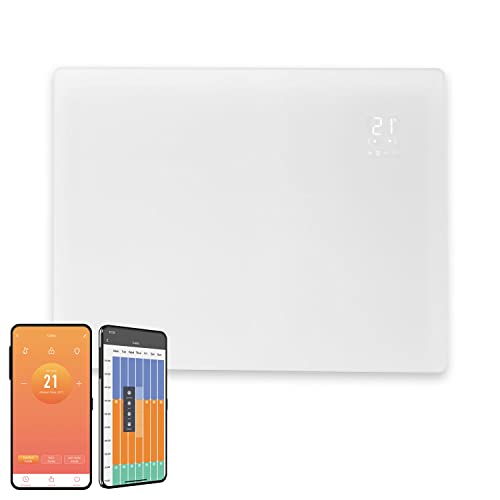
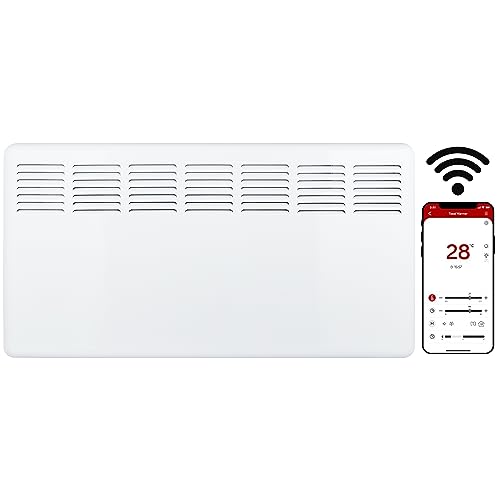
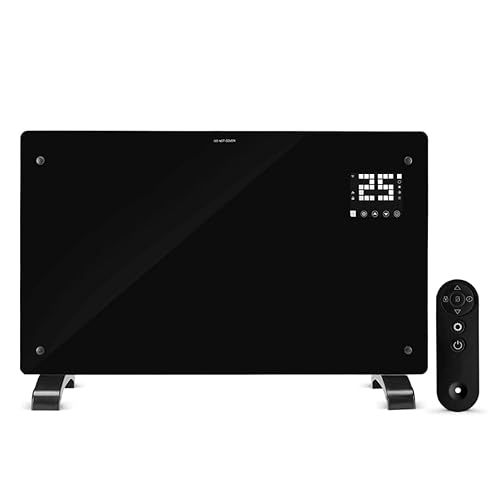
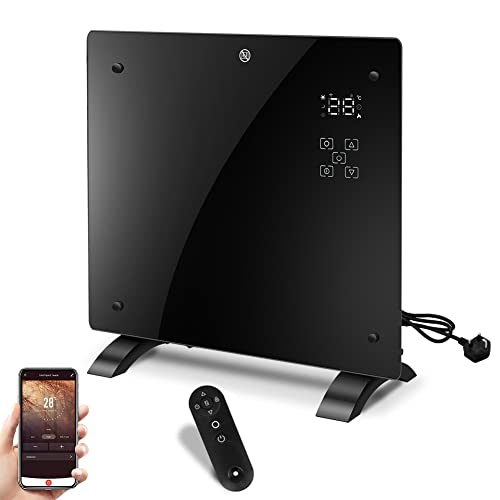
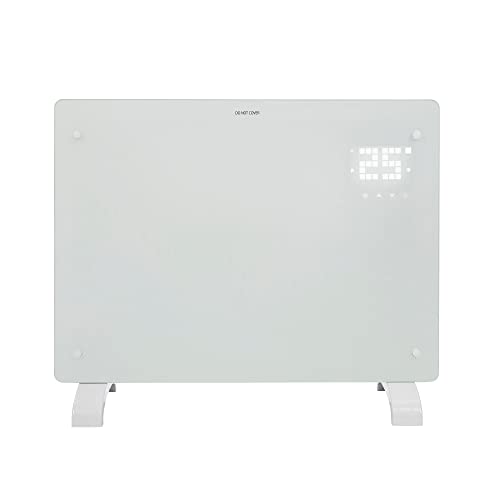
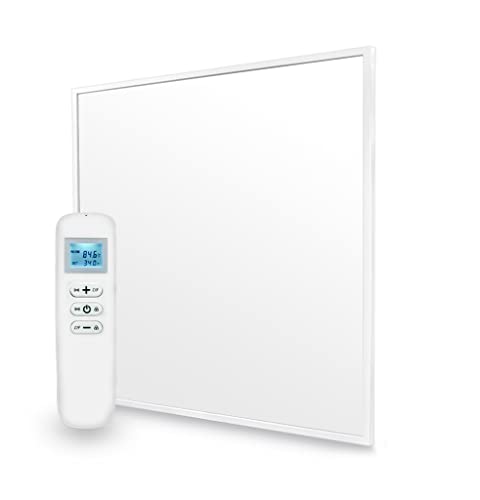
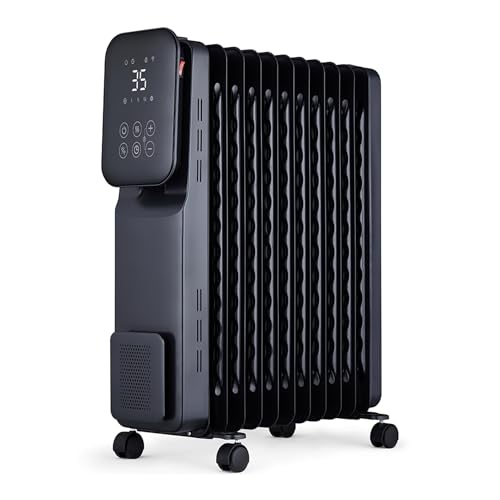
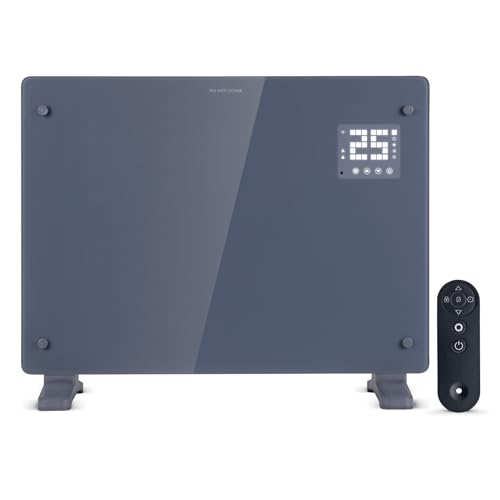
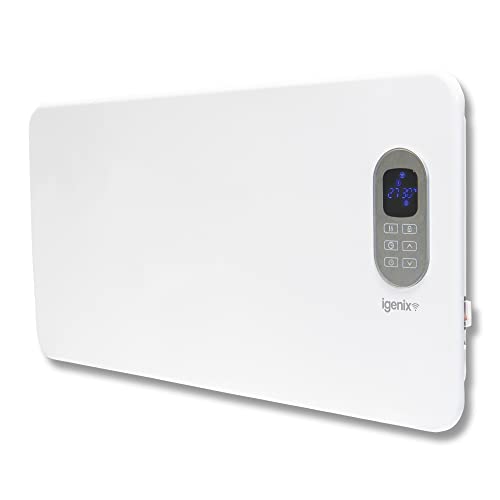

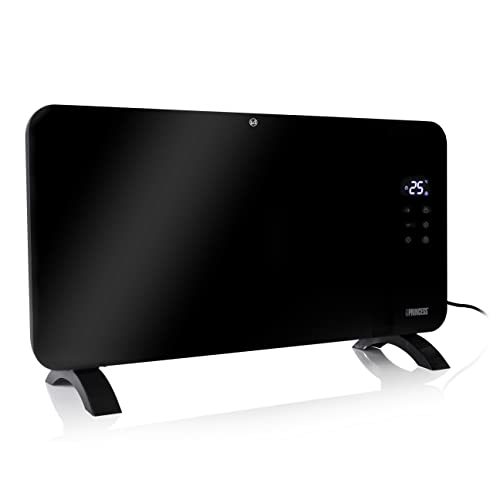
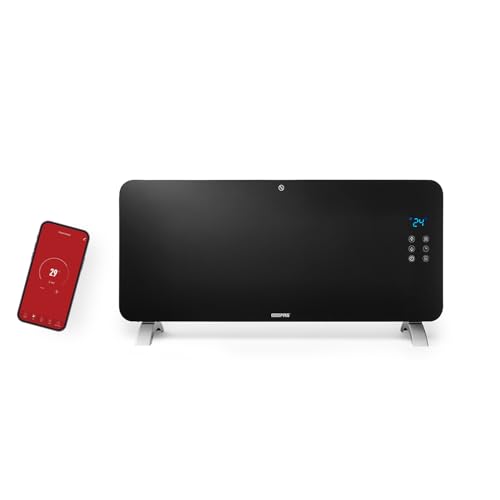
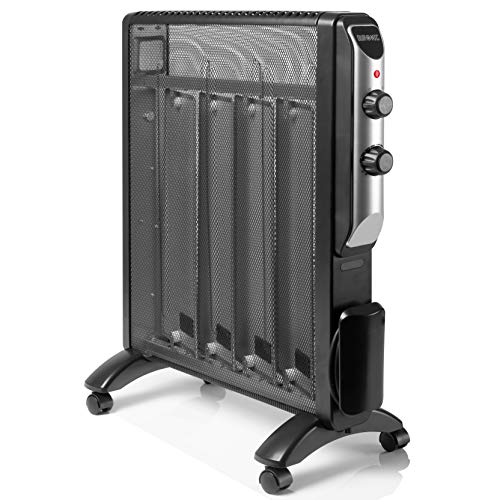

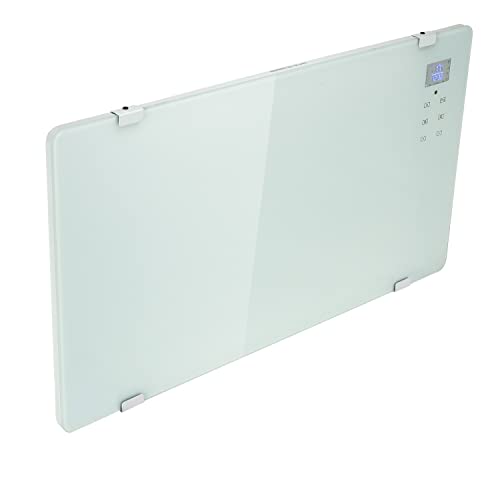
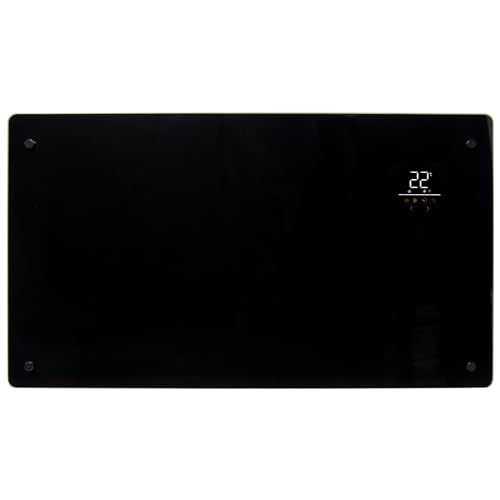


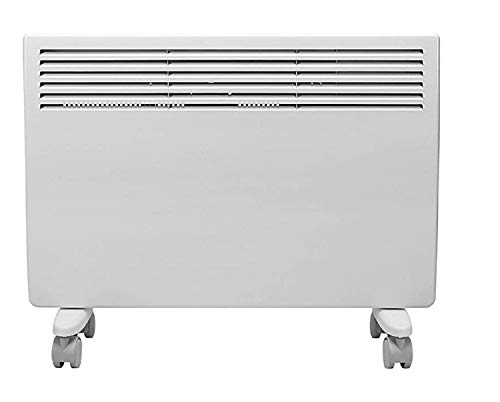


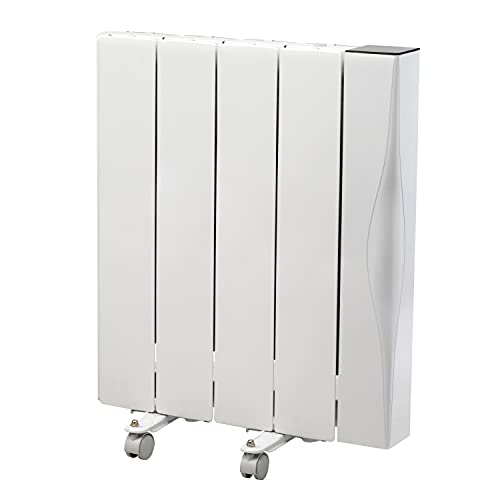


 Traditional heaters have been a mainstay in homes for decades, providing warmth and comfort during the colder months. Initially, these heaters were basic appliances with limited features. Over time, however, heaters have evolved into more sophisticated and energy-efficient devices. One of the most notable advancements in this space is the introduction of smart electric heaters, which have been gaining popularity due to their intelligent features and eco-friendly operation.
Traditional heaters have been a mainstay in homes for decades, providing warmth and comfort during the colder months. Initially, these heaters were basic appliances with limited features. Over time, however, heaters have evolved into more sophisticated and energy-efficient devices. One of the most notable advancements in this space is the introduction of smart electric heaters, which have been gaining popularity due to their intelligent features and eco-friendly operation.
